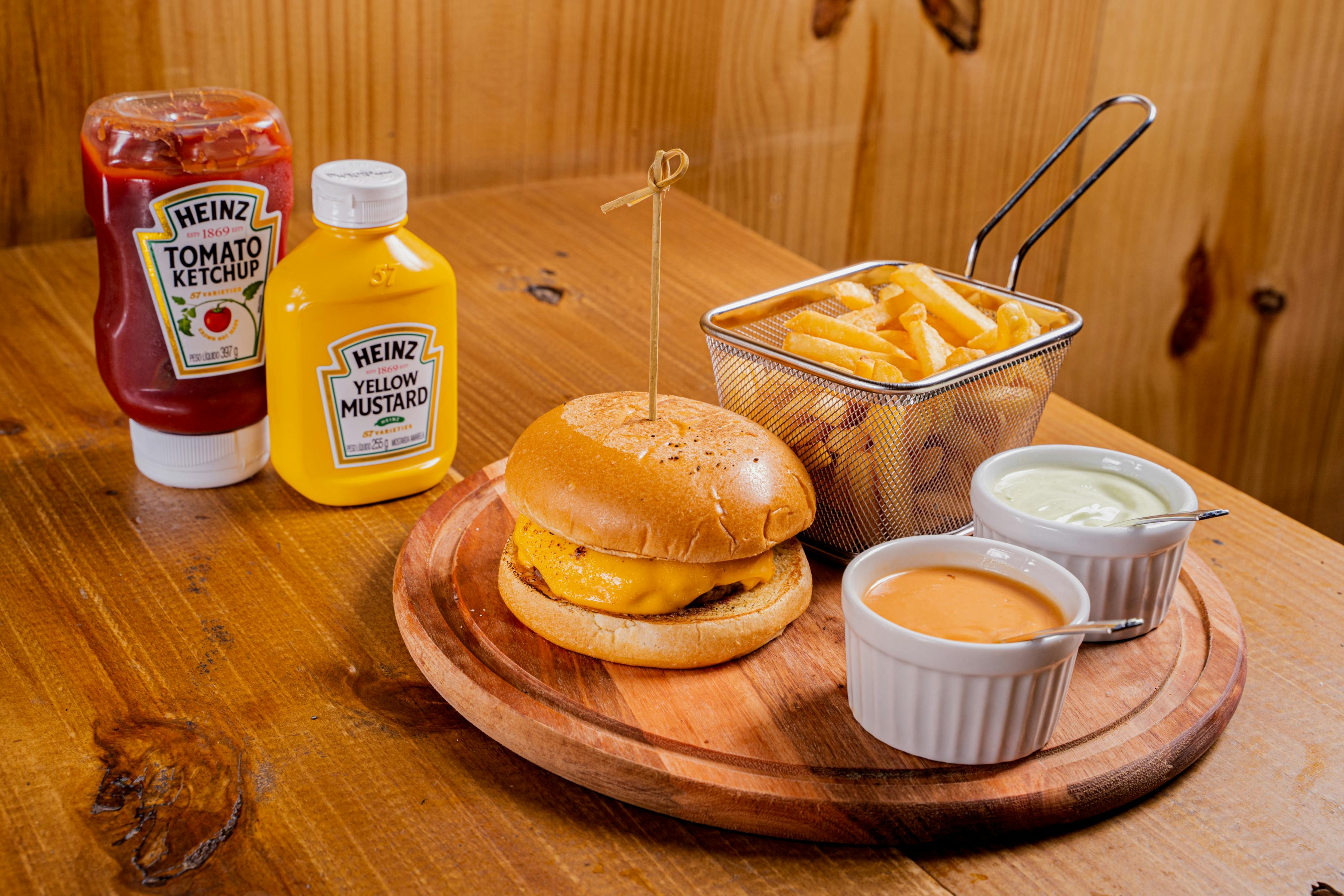Are you curious about the key ingredients that make traditional Korean dumplings, also known as mandu, so delicious? From the soft and chewy dough to the flavorful meat or vegetable filling, these dumplings are a beloved staple in Korean cuisine. Discover the essential components that create the perfect balance of taste and texture in this mouthwatering dish. Get ready to embark on a culinary journey as we explore the key ingredients that make traditional Korean dumplings a true delight.

Dough Ingredients
Flour
The first key ingredient in making traditional Korean dumplings, or mandu, is flour. Flour serves as the base for the dough, providing structure and texture to the dumplings. All-purpose flour or dumpling flour can be used, depending on the desired consistency.
Water
Water is another essential ingredient in the dough. It helps bind the flour together and create a smooth and pliable texture. The amount of water needed may vary depending on the humidity and the quality of the flour, so it is best to add it gradually while kneading the dough.
Salt
Salt adds flavor to the dough and enhances the overall taste of the dumplings. It is important to add a sufficient amount of salt to balance the flavors of the filling and the dipping sauce.
Egg (optional)
While not a compulsory ingredient, some recipes call for the addition of eggs to the dough. Eggs can contribute to a richer flavor and a softer texture in the dough. If you prefer lighter and more delicate dumplings, you can include an egg in the dough mixture.
Filling Ingredients
Ground pork or beef
Ground pork or beef is a traditional choice for the filling of Korean dumplings. The meat adds a savory and rich taste that complements the other ingredients. It is usually seasoned and cooked before being added to the dumplings.
Tofu
Tofu is often used as a vegetarian alternative or an additional ingredient in the filling. It provides a soft and moist texture while adding a mild and slightly creamy taste.
Garlic
Garlic is a staple ingredient in Korean cuisine, and it adds a wonderful aroma and flavor to the filling of the dumplings. Finely minced garlic is typically used for even distribution of its taste throughout the filling.
Ginger
Like garlic, ginger is commonly used in Korean cooking. It adds a refreshing and slightly spicy note to the filling. Fresh ginger is usually grated or minced before being incorporated into the mixture.
Soy sauce
Soy sauce is a crucial component of the filling’s seasoning. It adds a rich umami flavor and a deep brown color to the meat or tofu. It is best to use Korean soy sauce, but other varieties can also be substituted.
Sesame oil
Sesame oil is an essential flavoring agent in Korean cuisine, and it is no exception in mandu. It lends a distinctive nutty aroma and a characteristic taste to the filling. A small amount goes a long way, so it is important not to overpower the other flavors.
Sugar
A touch of sugar is added to balance the savory flavors in the filling. It helps to enhance the sweetness of the vegetables and meat, creating a harmonious taste profile. The amount of sugar can be adjusted according to personal preference.
Green onions
Green onions, or scallions, bring a fresh and vibrant taste to the filling. They provide a mild onion flavor and a pleasant crunch. Finely chopped green onions are typically mixed into the filling mixture.
Cabbage
Cabbage is a common vegetable used in mandu fillings. It imparts a slightly sweet and delicate flavor to the dumplings. The cabbage should be finely shredded or chopped to ensure even distribution throughout the filling.
Carrots
Carrots add a pop of color and a subtle sweetness to the filling. They can be grated or finely diced to blend seamlessly with the other ingredients.
Salt and pepper
Salt and pepper are foundational seasonings in any dish, including mandu filling. They help to enhance the flavors of the ingredients and bring balance to the overall taste of the dumplings.

Seasoning Ingredients
Soy sauce
Soy sauce is not only used in the filling but also serves as a key ingredient in the dipping sauce. It adds a savory and salty taste that complements the dumplings perfectly.
Sesame oil
Similar to the filling, sesame oil adds depth and richness to the overall flavor profile of the dipping sauce. A small amount of sesame oil adds a delightful nutty aroma and enhances the taste of the soy sauce.
Garlic
Garlic makes another appearance in the seasoning ingredients for the dipping sauce. Its pungent yet aromatic flavor infuses the sauce with an extra layer of complexity.
Ginger
Ginger provides a subtle spiciness and a refreshing note in the dipping sauce. It helps to balance the richness of the other ingredients and adds a touch of zing to each bite.
Salt
Salt is essential for seasoning the dipping sauce. It helps to bring out the flavors of the other ingredients and ensures a well-balanced taste.
Pepper
A hint of pepper can be added to the dipping sauce to provide a mild kick and a touch of warmth. It is not overpowering but adds a subtle depth of flavor.
Preparation
Mixing the dough
To make the dough for the mandu, start by combining flour and salt in a large mixing bowl. Gradually add water while stirring until a shaggy dough forms. Knead the dough for a few minutes until it becomes smooth and elastic. Cover the dough with a damp cloth and let it rest for at least 30 minutes to allow the gluten to relax.
Preparing the filling
In a separate bowl, mix together the ground pork or beef (or tofu), minced garlic, grated ginger, soy sauce, sesame oil, sugar, and a pinch of salt and pepper. Add the finely chopped green onions, shredded cabbage, and grated carrots. Mix everything thoroughly until well combined.
Combining the dough and filling
Once the dough has rested, divide it into small portions and roll each portion into a thin circle or square. Spoon a small amount of the filling onto the center of each dough wrapper. Fold the wrapper in half and pinch the edges together to seal the dumpling. Repeat until all the dough and filling have been used.

Shaping the Dumplings
Rolling the dough
Take one portion of the dough and roll it out into a thin and even circle or square shape. The wrapper should be thin enough to hold the filling but not too thin that it tears during the cooking process. Dust the work surface and rolling pin with flour to prevent sticking.
Filling the dumplings
Place a spoonful of the prepared filling onto the center of the wrapper. Be careful not to overfill, as it may result in difficulties sealing the dumplings. It is advisable to start with a small amount of filling and adjust accordingly.
Sealing the dumplings
After placing the filling, fold the wrapper in half to create a half-moon shape. Pinch the edges firmly together to seal the dumpling. Ensure that there are no gaps or openings to prevent the filling from leaking out during cooking. Traditional pleating techniques can also be used to create a decorative edge.
Cooking Methods
Boiling
Boiling is the most common method of cooking mandu. Bring a large pot of water to a gentle boil and carefully drop in the dumplings. Stir gently to prevent them from sticking to the bottom of the pot. Cook for 5-7 minutes or until the dumplings float to the surface and the wrappers are translucent.
Steaming
Steaming is a healthier option for cooking mandu as it requires minimal oil. Place the dumplings in a steamer basket lined with parchment paper or cabbage leaves to prevent sticking. Steam the dumplings over high heat for approximately 15-20 minutes, or until the wrappers are tender and cooked through.
Frying
Frying the mandu creates a crispy and golden exterior. Heat a generous amount of oil in a pan or skillet over medium-high heat. Carefully place the dumplings in the hot oil, leaving some space between them. Fry until the bottoms turn golden brown, then add a small amount of water to the pan and cover with a lid. Cook for a few more minutes to steam the dumplings and ensure the filling is thoroughly cooked.
Pan-frying
Pan-frying, also known as potstickers, offers the best of both worlds – a crispy bottom and a tender top. Heat a small amount of oil in a non-stick pan over medium heat. Place the dumplings in the pan, flat side down, and cook until the bottoms turn golden brown. Add some water to the pan, cover with a lid, and cook for a few more minutes to steam the dumplings and ensure they are fully cooked.

Dipping Sauce
Soy sauce
Start by combining soy sauce, vinegar, sesame oil, minced garlic, finely chopped green onions, and a pinch of red pepper flakes in a small bowl. Adjust the quantities according to your taste preferences.
Vinegar
Vinegar adds acidity and tanginess to the dipping sauce. Rice vinegar or black vinegar are popular choices, but any mild-flavored vinegar can be used.
Sesame oil
Sesame oil adds a nutty aroma and flavor to the dipping sauce. A small amount goes a long way, so be mindful not to overpower the other flavors.
Garlic
Minced garlic provides a pungent and aromatic element to the dipping sauce. It can be adjusted according to personal preference.
Green onion
Finely chopped green onions add freshness and a mild onion flavor to the dipping sauce. They also provide a pleasant crunch.
Red pepper flakes
Red pepper flakes can be added for those who enjoy a spicy kick. The amount can be adjusted to suit individual spice preferences.
Serving Suggestions
Garnish with sesame seeds
Sprinkle toasted sesame seeds over the cooked mandu for added texture and a subtle nutty flavor. This simple garnish enhances the presentation and elevates the overall taste.
Serve with kimchi
Kimchi, a traditional Korean side dish, pairs exceptionally well with mandu. Its tangy and spicy flavors complement the savory dumplings, providing a harmonious balance of tastes. Serve a small bowl of kimchi alongside the mandu for a complete and authentic Korean dining experience.
Enjoy with a side of rice
To complete the meal, serve mandu with a side of steamed white rice. The fluffy rice provides a neutral base that allows the flavors of the dumplings to shine. It also helps to balance the richness of the filling and dipping sauces.

Variations
Mandu with kimchi
For an extra punch of flavor, incorporate kimchi into the mandu filling. The tangy and spicy kimchi adds a unique twist to the traditional recipe, creating a delightful fusion of tastes.
Seafood mandu
Replace the ground meat with a combination of seafood such as shrimp, squid, or fish. Seafood mandu offers a lighter and fresher taste profile, making it a great option for seafood lovers or those looking for a healthier alternative.
Vegetable mandu
Vegetable mandu is perfect for vegetarians or those wanting a meat-free option. Substitute the meat with a medley of finely chopped vegetables, such as mushrooms, carrots, zucchini, and spinach. Season the filling with soy sauce, sesame oil, garlic, and ginger for a burst of flavors.
Mandu with glass noodles
Adding glass noodles, also known as sweet potato noodles or dangmyeon, gives the filling a more substantial texture. Cook and chop the glass noodles before incorporating them into the filling mixture. The noodles provide a slight chewiness and absorb the flavors beautifully.
Cultural Significance
Mandu as a comfort food
Mandu holds a special place in Korean cuisine as a comfort food. It is often enjoyed during cold winter months or on special occasions. The warm and satisfying dumplings bring a sense of coziness and nostalgia, reminding Koreans of home and family.
Mandu in celebrations
Mandu plays a significant role in Korean celebrations, particularly during Lunar New Year, known as Seollal. It is customary to gather with family and make mandu from scratch, symbolizing the coming together of loved ones and the wish for prosperity in the new year.
Mandu in Korean history
Mandu has a long history in Korea, dating back to the Goryeo dynasty. It is believed to have originated from China and spread to Korea during cultural exchanges. Over the centuries, mandu has become uniquely Korean, with various regional styles and fillings developed across the country.
In conclusion, traditional Korean dumplings, or mandu, are a versatile and delicious dish enjoyed by people all around the world. From the simple yet flavorful dough to the vibrant and savory fillings, every element of mandu is crafted with care and precision. Whether boiled, steamed, fried, or pan-fried, these dumplings are a delightful treat that can be enjoyed in various ways. So gather your ingredients, roll up your sleeves, and embark on a culinary adventure as you create your own batch of mouthwatering mandu!
